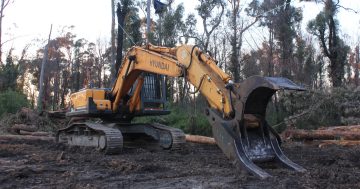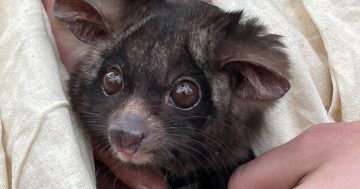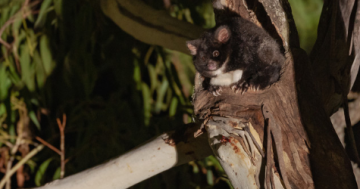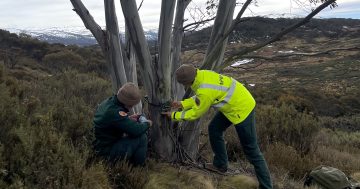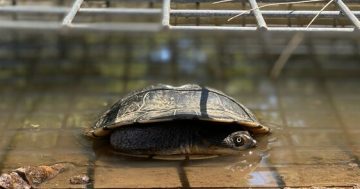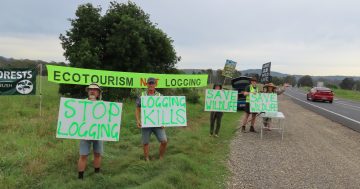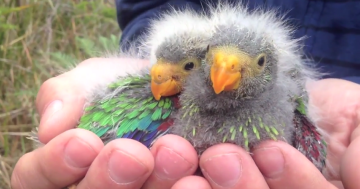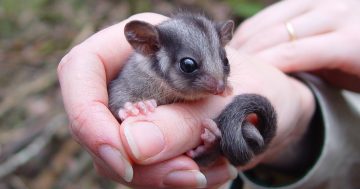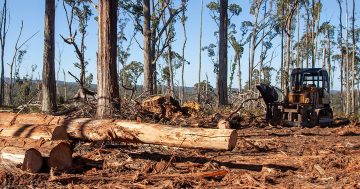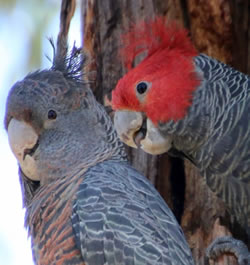 The Territory has been chosen to establish and lead a national working group to coordinate the recovery efforts for the Gang-gang Cockatoo.
The Territory has been chosen to establish and lead a national working group to coordinate the recovery efforts for the Gang-gang Cockatoo.
Announced by ACT Minister for the Environment, Rebecca Vassarotti, the working group which consists of stakeholders from local and State Governments, community and research institutions, and land management Agencies, has been charged with identifying and delivering initiatives to help conserve the vulnerable cockatoos.
“While we consider the ACT to be a strong-hold for the species, preliminary results from collaborative research between the Australian National University and ACT Government indicate there may be fewer Gang-gangs in Canberra than was previously believed,” Ms Vassarotti said.
“Although the causes of decline are not well understood, the primary threats to the Gang-gang Cockatoo include habitat loss and the impacts of climate change, which destroy mature trees and alter the availability of key foraging resources,” she said.
“Their decline has been exacerbated by the 2019-2020 bushfires, which burnt approximately 18 per cent of its range.”
Ms Vassarotti said Federal funding provided the ACT with resources to investigate the cockatoos’ distribution patterns and important nesting locations.
She said the project would explore multiple monitoring strategies; investigate Gang-gang Cockatoo habitat and nest tree selection in fire-impacted regions; relate the microclimate of cockatoo nesting hollows to tree morphology, site attributes and nest productivity; and compare the thermal properties of natural hollows with those of artificial nesting tubes installed.
“Citizen science activities, which are crucial to long term conservation efforts, will also be supported,” Ms Vassarotti.
“I want to thank all the members of the working group, as well as the citizen scientists in the community, helping make an important contribution to our understanding of these special cockatoos,” the Minister said.


